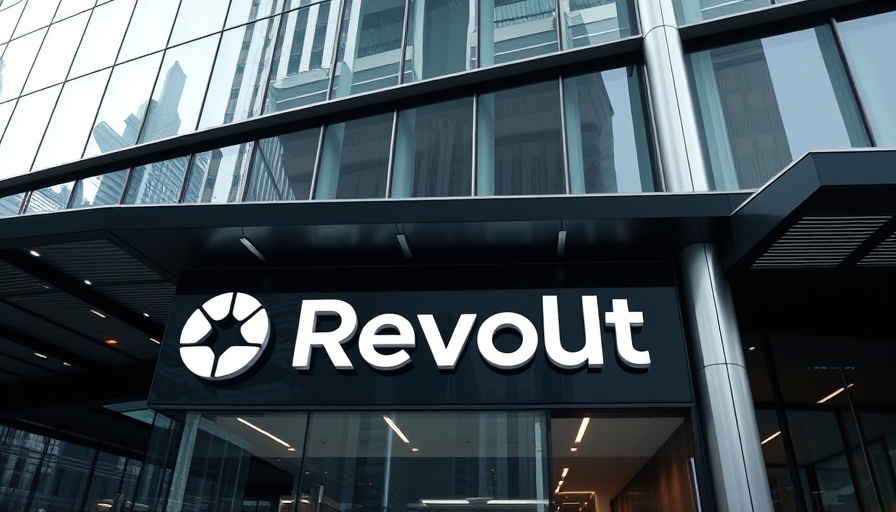
Understanding PNC's Loan Surge Amid Market Changes
In a striking revelation, PNC Financial Services Group's recent earnings call highlighted a significant upturn in their commercial loan production—the highest in a decade, with a notable 4% surge in commercial and industrial (C&I) loans, translating to an extraordinary increase of $6.1 billion in average loans. This announcement, made by Chairman and CEO William S. Demchak, is part of a broader narrative about how businesses are adapting to a shifting economic landscape.
What's Behind the Surge?
Demchak attributed this growth to PNC’s strategy to engage more deeply with both new and existing clients, showcasing how the integration of technology and customer-centric approaches drives financial success. But what truly stood out during the call was CFO Robert Q. Reilly's comment regarding “tariff-related considerations” influencing loan demand. Essentially, the uncertainty around tariffs has compelled businesses to ramp up their financing, likely to stock up on inventory in anticipation of potential cost increases.
Growth Markets Leading the Charge
What's intriguing is that PNC's growth isn't just a result of businesses reacting to tariff pressures. Reilly indicated that the surge in loans also stemmed from progress in PNC’s “growth markets,” where the bank has invested time and resources to cultivate new client relationships. This strategy capitalizes on expanding opportunities that accentuate the importance of understanding market dynamics and customer needs.
What's Next for PNC and its Customers?
PNC’s updated expectations for the rest of 2025 show they are prepared for a more tempered but still positive trajectory. Balancing growth with stability seems to be the plan, as evidenced by the bank's full-year guidance adjustment to a 1% rise in average loans. As PNC works on opening 200 new branches, the overarching theme of accessibility and support for growing businesses remains strong.
Lessons for Business Owners
For business owners generating between $2M to $10M in revenue, PNC's story offers several critical insights. Firstly, the benefits of being proactive in financial planning cannot be overstated; understanding the economic climate and adjusting strategies accordingly is essential. Secondly, leverage technology and data to deepen customer relationships; these connections can unlock growth potential even amid uncertainties.
Final Thoughts: Taking Action
Ultimately, as we analyze PNC's journey in the commercial loan landscape, it's clear that adaptability and strategizing with a long-term view can yield significant benefits. For those looking to scale their operations, now is the time to evaluate your financial needs and explore funding options that can facilitate growth. Engaging with financial institutions like PNC that prioritize innovation and customer engagement can put you on the right path to success in this evolving marketplace.
 Add Row
Add Row  Add
Add 



Write A Comment